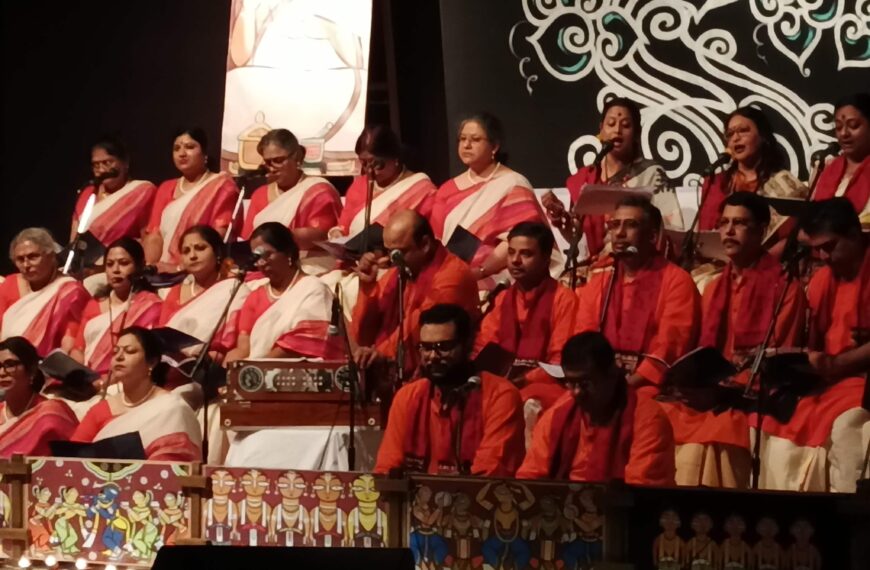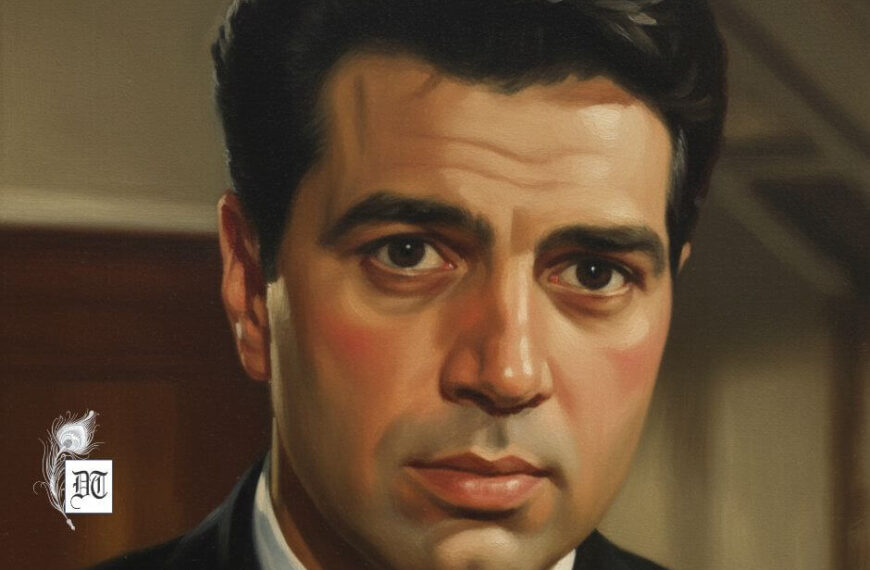In 1959, the situation inside Tibet led His Holiness the XIV Dalai Lama to seek refuge in India and ever since millions of Tibetans are living as refugees in exile, in fact, there are more Tibetans living outside Tibet than in Tibet. On the occasion of the World Refugee Day, Eswar talks of a nation in exile, the homeless people, in the regular column, exclusively in Different Truths.
In 2000, United Nations as per Resolution 55/76 decided that from 2001, June 20 would be celebrated as World Refugee Day. This was after the 1951 Refugee Convention, a multilateral treaty of the United Nations which sought to define who can be a refugee and what would be his/her rights when granting asylum, and what are the responsibilities of a nation that grants asylum.
As per the convention, a refugee is defined as “a person who owing to a well-founded fe ar of being persecuted for reasons of race, religion, nationality, membership of a particular social group or political opinion, is outside the country of his nationality and is unable or, owing to such fear, is unwilling to avail himself of the protection of that country; or who, not having a nationality and being outside the country of his formal habitual residence as a result of such events, is unable or, owing to such fear, is unwilling to return to it.”[1]
ar of being persecuted for reasons of race, religion, nationality, membership of a particular social group or political opinion, is outside the country of his nationality and is unable or, owing to such fear, is unwilling to avail himself of the protection of that country; or who, not having a nationality and being outside the country of his formal habitual residence as a result of such events, is unable or, owing to such fear, is unwilling to return to it.”[1]
In 1959, the situation inside Tibet led His Holiness the XIV Dalai Lama to seek refuge in India and ever since millions of Tibetans are living as refugees in exile, in fact, there are more Tibetans living outside Tibet than in Tibet.
The Time magazine did a cover story in 1959[2] capturing moments of His Holiness’s escape from Tibet disguised in a soldiers robes. It cites how the Cambodia’s  royal family urged ‘Red China’ to withdraw its troops from Tibet and prove “that it respects the hopes of all peoples for liberty and self-determination.”
royal family urged ‘Red China’ to withdraw its troops from Tibet and prove “that it respects the hopes of all peoples for liberty and self-determination.”
In 1904, the British led an ‘expedition’ to Tibet from India, now known as ‘The Younghusband Expedition’. This was a result of the empire being ‘uneasy about the Russian encroachments in Central Asia’. The two – British and Czarist Russia agreed to make ‘a buffer state of Tibet’ and signed the 1907 Convention ‘recognising China’s “suzerainty” over Tibet. This was without bothering to define what was meant by suzerainty or consulting the Tibetans!
When the reincarnation of the 13th Dalai Lama was found, Ma Pu-fang the Chinese warlord ordered the family to see him and were taken to Ma Pu-fang’s residence. Lhamo Dhondup (His Holiness the XIV Dalai Lama’s name at birth) was the only child who behaved with great dignity and spoke without being afraid answering Ma Pu-fang’s questions looking at him with his big eyes and engaging in an intelligent conversation. Ma Pu-fang was sure this was the child who was chosen and immediately put them on house arrest and the Tibetan government were initially asked to pay USD 30,000 and later was asked to pay USD 90,000. The government had to borrow the money from Muslim traders who were on their pilgrimage to Mecca via Lhasa and who were to accompany the family on to the Potala.
Explorer Fosco Maraini beautifully describes Tibetans, ‘They have found the secret of liberty, which is to live like a flower or a stone; sheltering from the rain in bad weather, enjoying the sun if it is fine, breathing in the fullness of the afternoon, the sweetness of evening, the mysteriousness of night, with equal joy and wisdom. Perhaps that is why you hear singing everywhere, fine music that fades away into space as if it were spontaneously generated. Coming back to the outside world from Tibet, travellers miss the serenity and peace, the brimful feeling of being at one with nature and the universe, the unfai ling courtesy of Tibetans, and their pious avoidance of cruelty to any living thing.’
ling courtesy of Tibetans, and their pious avoidance of cruelty to any living thing.’
When the Nationalist Party was defeated and the Communists took rein of China, it was soon clear that its next stop would be Tibet. The Kham tribesman asked the government in Lhasa if it intended to fight, but the advisors of Dalai Lama (Dalai Lama was not yet invested full power as ruler of Tibet) were not able to make their mind, and soon the inevitable happened. The Tibetan National Assembly sent an urgent plea to the United Nations for help, but it was rejected.
The state oracle urged that the Dalai Lama go out of Tibet and seek refuge. The Tibetan tribesmen (Khaba, Amdowa, and Golok) got together to revolt in one last attempt to protect their motherland, putting in the field around 100,000 warriors. The world cheered them, denouncing the oppressors, but did not make any other move. India, by then a young free nation, gave shamefaced[3] support to Pandit Nehru who insisted that ‘India was anxious to have friendly relations with the Communist China’. Dalai Lama was welcomed and flown to Dharamshala, at a safer distance from the Tibetan Border, so as not to give offense to the Red Dragons.
[1] United Nations High Commission for Refugees. (2012). Text of Convention
[2] ‘The Dalai Lama Escapes from the Chinese’: Monday, Apr. 20, 1959 – TIME Magazine
[3] ‘The Dalai Lama Escapes from the Chinese’: Monday, Apr. 20, 1959 – TIME Magazine
©Eswar Anandan
Photos sourced by the author from the internet.
#TibetanRights #WorldRefugeeDay #DalaiLama #Exile #TheExileOfDalaiLama #DifferentTruths




 By
By

 By
By